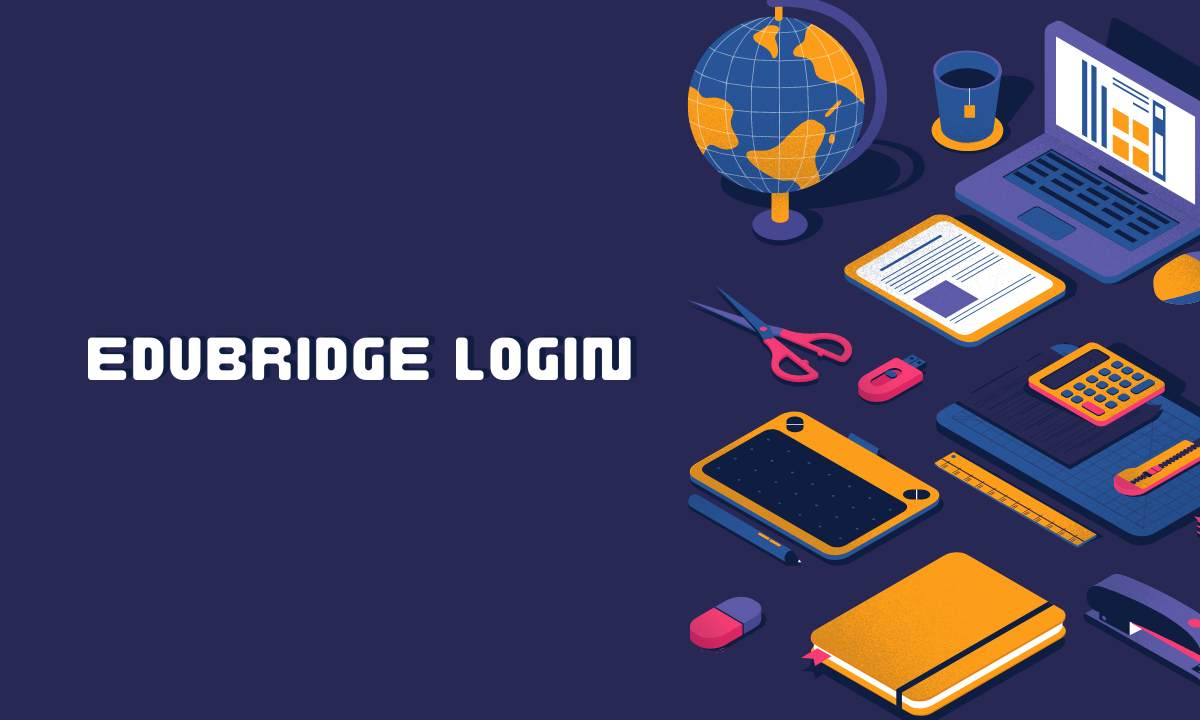Multicultural student populations are one of the fastest-growing demographics in the United States. As schools and districts race to meet the needs of these diverse groups, they face a number of challenges when it comes to educating them effectively. One such challenge is that traditional methods of teaching often don’t work well for multicultural students. In this post, we will explore some strategies for educators to use when reaching out to multicultural students.
Table of Contents
ToggleThe Importance Of Building Relationships With Students
When it comes to educating diverse student populations, building relationships with students is of the utmost importance. By developing personal relationships with students, educators are better able to understand their individual needs and cater to their unique learning styles.
Strong relationships between students and teachers can create a sense of trust and mutual respect, which are essential for a positive learning environment. When students feel comfortable and supported, they are more likely to take risks, ask questions, and engage in the classroom. Building relationships with students is key to providing them with an enriching and successful educational experience.
Learn About Students And Their Backgrounds
In order to effectively educate diverse students, it is important to learn about their backgrounds. This includes understanding their culture, family life, and prior educational experiences. With this information, educators can develop strategies that are tailored to the needs of each individual student.
For example, a student who comes from a collectivist culture may benefit from group work, while a student with a strong family support system may do well with at-home learning. By taking the time to learn about their students, educators can ensure that each one has the opportunity to succeed.
Make Inclusion A Priority
When it comes to creating a successful classroom environment, inclusion should be a top priority. Students of all backgrounds and abilities should feel welcome in the classroom, and teachers should be prepared to meet their individual needs.
Inclusion ensures that all students have an opportunity to learn and grow, regardless of their circumstances. Additionally, it helps to foster a sense of community and belonging within the classroom. When students feel like they are part of a supportive and inclusive environment, they are more likely to engage with the material and thrive academically. Ultimately, inclusion is essential for creating a safe, supportive, and welcoming classroom for all students.
Encourage Collaboration With Other Students
In order to most effectively educate diverse students in the classroom, it is important to encourage collaboration. When students are working together, they can share their different perspectives and learn from each other. In addition, collaboration helps to promote a sense of community in the classroom. When students feel like they are part of a supportive group, they are more likely to be engaged in their learning.
There are a number of ways to encourage collaboration in the classroom. One is to use group work activities. Another is to create a welcoming and inclusive environment where all students feel comfortable participating. By promoting collaboration, we can create classrooms that are better equipped to meet the needs of all students.
Create Inclusive Lesson Plans
In order to effectively educate diverse students, educators must design inclusive lesson plans. An inclusive lesson plan is one that includes a variety of activities and materials that address the needs of all learners. For example, an inclusive lesson plan for a math class might include a manipulative for kinesthetic learners, a worksheet for visual learners, and a problem-solving activity for auditory learners. A C&I teacher can work with teachers to help design a curriculum and lesson plans that celebrate diversity in the classroom.
By providing all students with different ways to engage with the material, an inclusive lesson plan ensures that everyone can participate and learn. When educators take the time to create inclusive lesson plans, they send the message that all students are valued and welcome in the classroom.
Multicultural students can be a valuable asset to any school or organization. By understanding how to effectively educate and reach out to multicultural student populations, teachers can create an inclusive environment where everyone feels welcome and valued.
Also, Read More About – What is the Factorial of Hundred 100?











